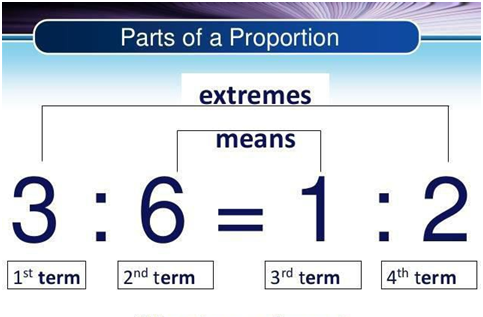CLASS-6
RATIO - RATIO & PROPORTION
RATIO & PROPORTION -
Ratio and proportion are related mathematical concepts used to compare quantities and establish relationships between them. While they are often used interchangeably, they have distinct meanings and applications:
Ratio:-
- A ratio is a comparison of two quantities, often expressed as a fraction, division, or using the colon notation.
- It is used to express the relative size or proportion of one quantity in relation to another.
- Ratios can be used to compare quantities of the same type, like comparing the number of boys to the number of girls in a classroom.
- Ratios do not necessarily require the quantities being compared to be in the same units.
Proportion:-
- A proportion is an equation that states that two ratios are equal.
- It expresses a relationship between two or more ratios, indicating that they maintain the same relative size.
- Proportions are used to solve problems involving unknown quantities when you have known ratios.
- Proportions are often used in real-world scenarios to find missing values or verify whether a set of ratios is consistent.

For example, consider the following scenario:
Example.1) In a group of 20 people, 12 are men, and the rest are women. What is the proportion of men to women?
Ans.)
Using Ratios: The ratio of men to women is 12:8, or simplified to 3:2.
Using Proportions: We can set up a proportion to find the proportion of men to women:
12 men x men
------------ = -----------
8 women y women
By Cross-multiplying:-
12 * y = 8 * x
Now, if we know either the number of men (x) or women (y), we can solve for the other using this proportion.
In summary, ratios are used to compare quantities, while proportions are used to establish and solve equations that represent equal ratios. Both concepts are important in various mathematical and real-world applications, especially when dealing with relative quantities and unknown values.